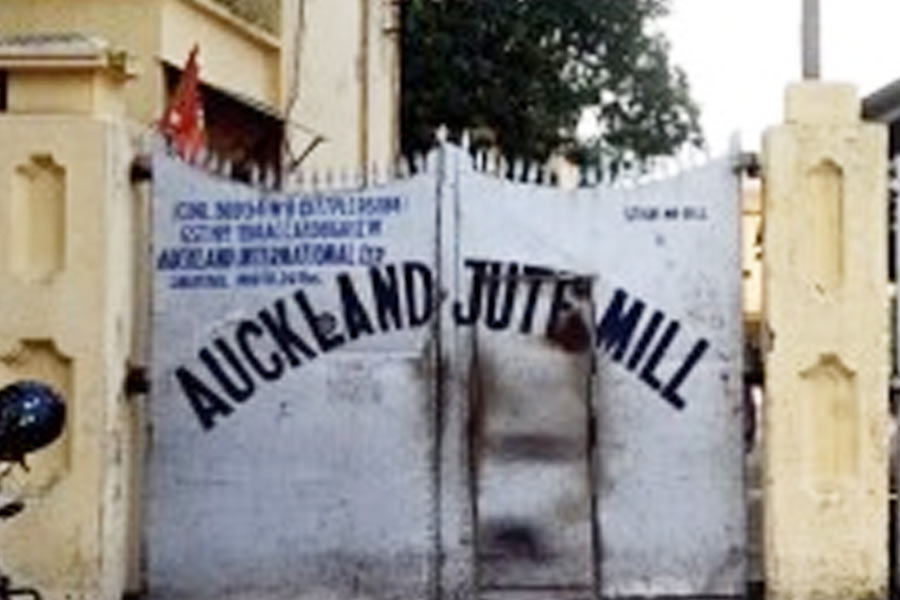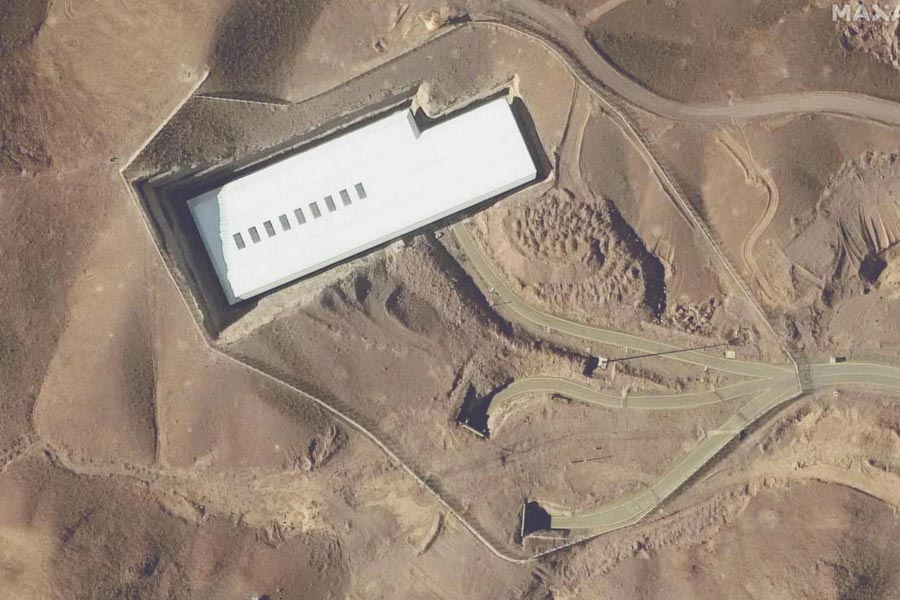 |
| Newton: Eureka moment |
London, Jan. 18: A fragile manuscript telling the original story of how Sir Isaac Newton was inspired by a falling apple has been made public for the first time.
The handwritten account of Newton’s eureka moment, which led to his famous theory of gravity, was recorded for posterity by the scientist’s friend and colleague William Stukeley in a 1752 biography.
It is thought to be the first account of one of science’s most famous anecdotes and the one that brought it to the general public’s attention.
Until now the manuscript has remained hidden away in the Royal Society’s archives. But from today, anyone with Internet access will be able to look at it. It is one of a number of archive documents being published online by the society to mark its 350th anniversary.
Lord Rees, president of the Royal Society — and Newton’s modern-day successor — said: “Stukeley’s biography is a precious artefact for historians of science and I am delighted that it is being made available today along with other treasures from the archives, in a format that allows anybody to view them as if they were holding the manuscript in front of them.” Keith Moore, head archivist at the Royal Society, said: “This is the account that put the famous anecdote on the map.”
Stukeley, an early antiquarian famous for his studies of Stonehenge, heard how Newton’s thoughts turned to gravity as the two men sat in the shade of some apple trees in the scientist’s garden in the 1720s.
The extract, from Stukeley’s Memoirs of Sir Isaac Newton’s Life, reads: “After dinner, the weather being warm, we went into the garden and drank thea (sic), under the shade of some apple trees … he told me, he was just in the same situation, as when formerly, the notion of gravitation came into his mind.
“It was occasion’d by the fall of an apple, as he sat in contemplative mood. Why should that apple always descend perpendicularly to the ground, thought he to himself …”
Stukeley also gathered material about Newton’s younger days from residents of Grantham, Lincolnshire, where he went to school. One story tells of the young Newton building a working scale model of a windmill, based on his observations of a full size version.










